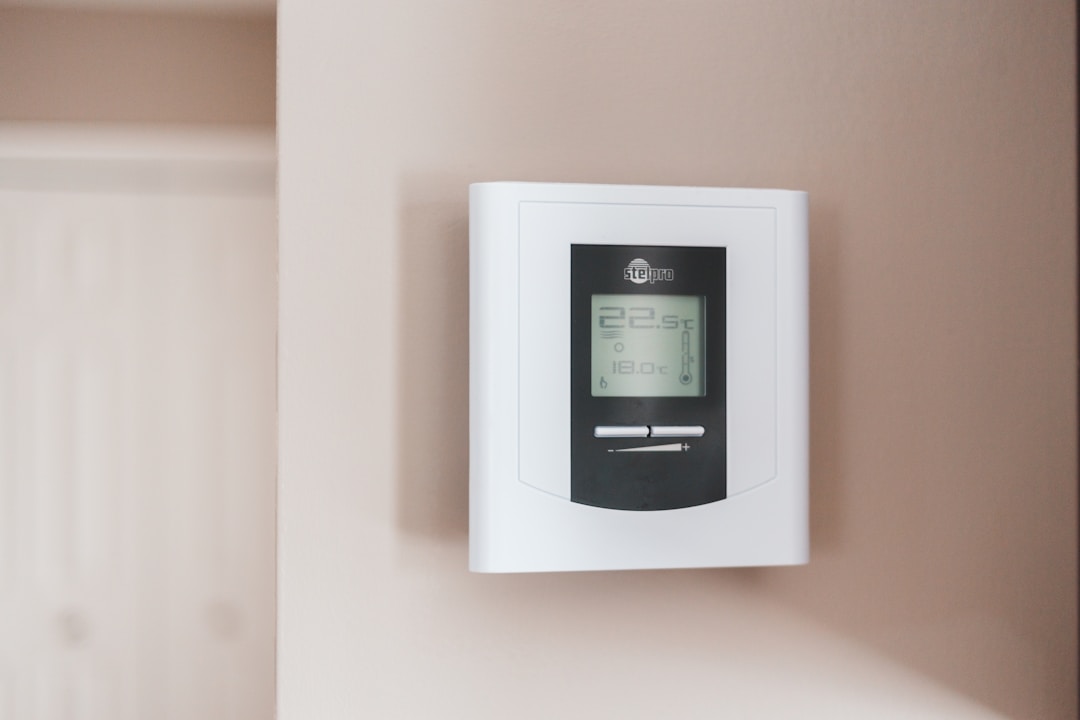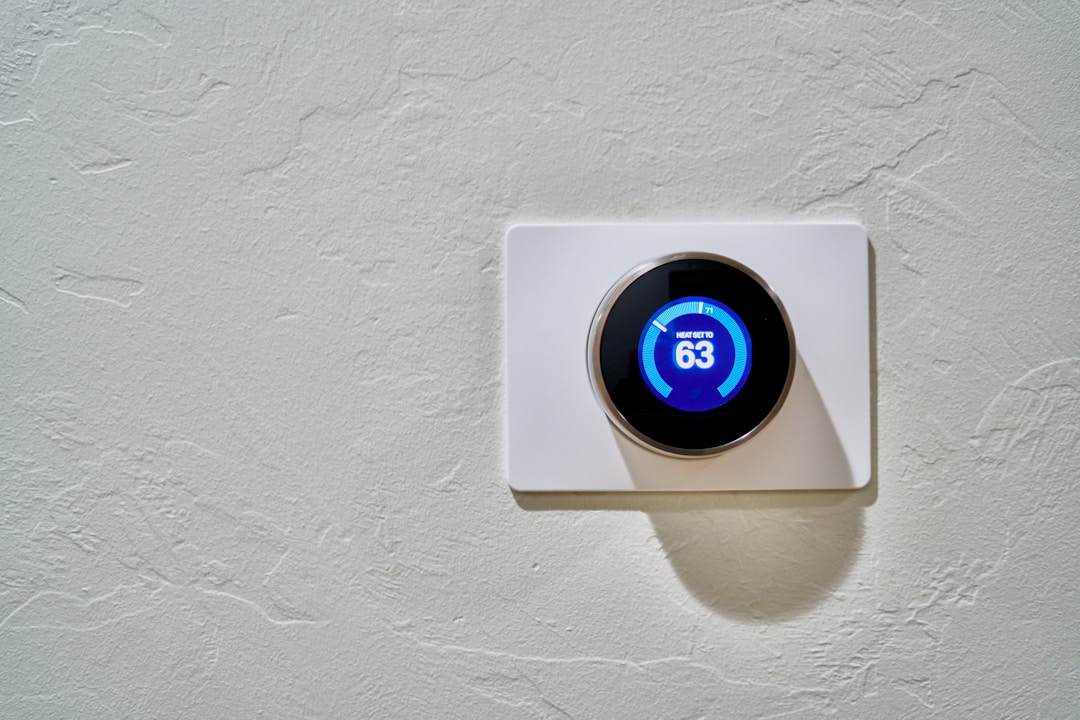Your home’s heating and cooling system is a crucial part of your household. Whether it’s getting you through a bitterly cold January or an extremely humid August, these units need to operate at their peak. However, some homeowners don’t realize the importance of having the right thermostat in place to make sure that there’s a proper connection to trigger these systems on and off. Beyond the usual manual thermostat, more homeowners are finding that a programmable thermostat is the better option to go with.
Better Temperature Control

One of the main reasons you may want to consider switching to a programmable thermostat is to be able to better regulate the temperature inside your household. With a programmable thermostat, you will be able to set controls for when the heater or the air conditioner needs to trigger seasonally. Synced up to your home’s HVAC system, you’ll be able to set automatic temperature levels that will be able to replay when a system should be turned on and off based on the home’s current temperature.
This will also avoid any need to keep your HVAC unit on all day long to make sure that your household stays cool or warm while you’re at work. This puts less stress on the system, giving it as long a life span as possible. This must also be accompanied by a proper maintenance schedule that includes regular cleaning and replacement of air filters. Regular inspection by HVAC technicians will also assure there’s no damage to any equipment within a unit.
Energy Savings

Working with a programmable thermostat can actually provide some ease to your home’s utility bills. By having temperature levels implemented, you eliminate the need to keep your cooling or heating system running all day long when you’re not in the house. You can set a designated temperature level to trigger the furnace or air conditioner on, or you can actually program your HVAC system to operate on a timer. With different settings, your household thermostat will be able to provide a cooler temperature when you get home on a balmy summer day.
There are even greener options provided through the likes of the Energy Star program. Created by the Environmental Protection Agency and the U.S. Department of Energy, Energy Star products are designed to limit the use of power, saving you on energy costs monthly with systems that are not a drain on the power grid. This program has multiple thermostat models that can work in conjunction with an Energy Star-brand air conditioner, heater, or HVAC unit.
Greater Understanding of Indoor Air Quality

Programmable thermostats have found their way into the 21st century, moving beyond just a digital screen to set a regulated temperature. Now, smart thermostats are making it even easier for homeowners to keep the right temperature throughout their houses. This makes for a better quality of life by keeping an assessment of a home’s comfort level. This goes beyond just what the thermometer reads. It actually expands to being able to monitor humidity levels, which can actually be a great way to keep your household safe.
High humidity levels can lead to a breeding ground for mold and mildew, which can dangerously impact indoor air quality and lead to health issues for you and your loved ones. Low humidity levels cause poor air quality as well, drying out the environment and negatively impacting your sinuses. With programmable settings and a smart thermostat, you can control your home’s temperature remotely. These smart programmable units can be operated through apps to adjust the temperature in your house. It’s all about preventing unnecessary expenses and keeping a comfortable household at all hours.